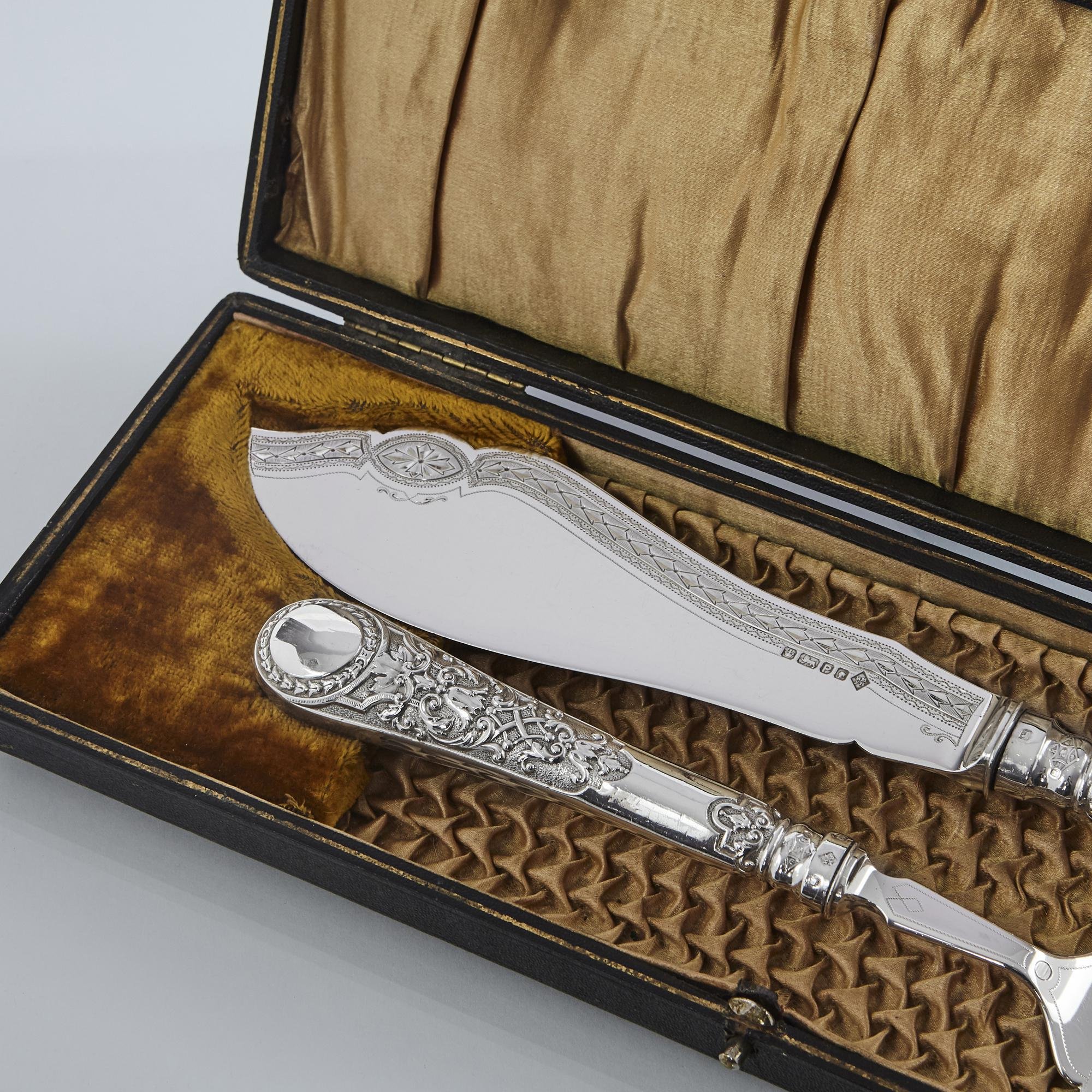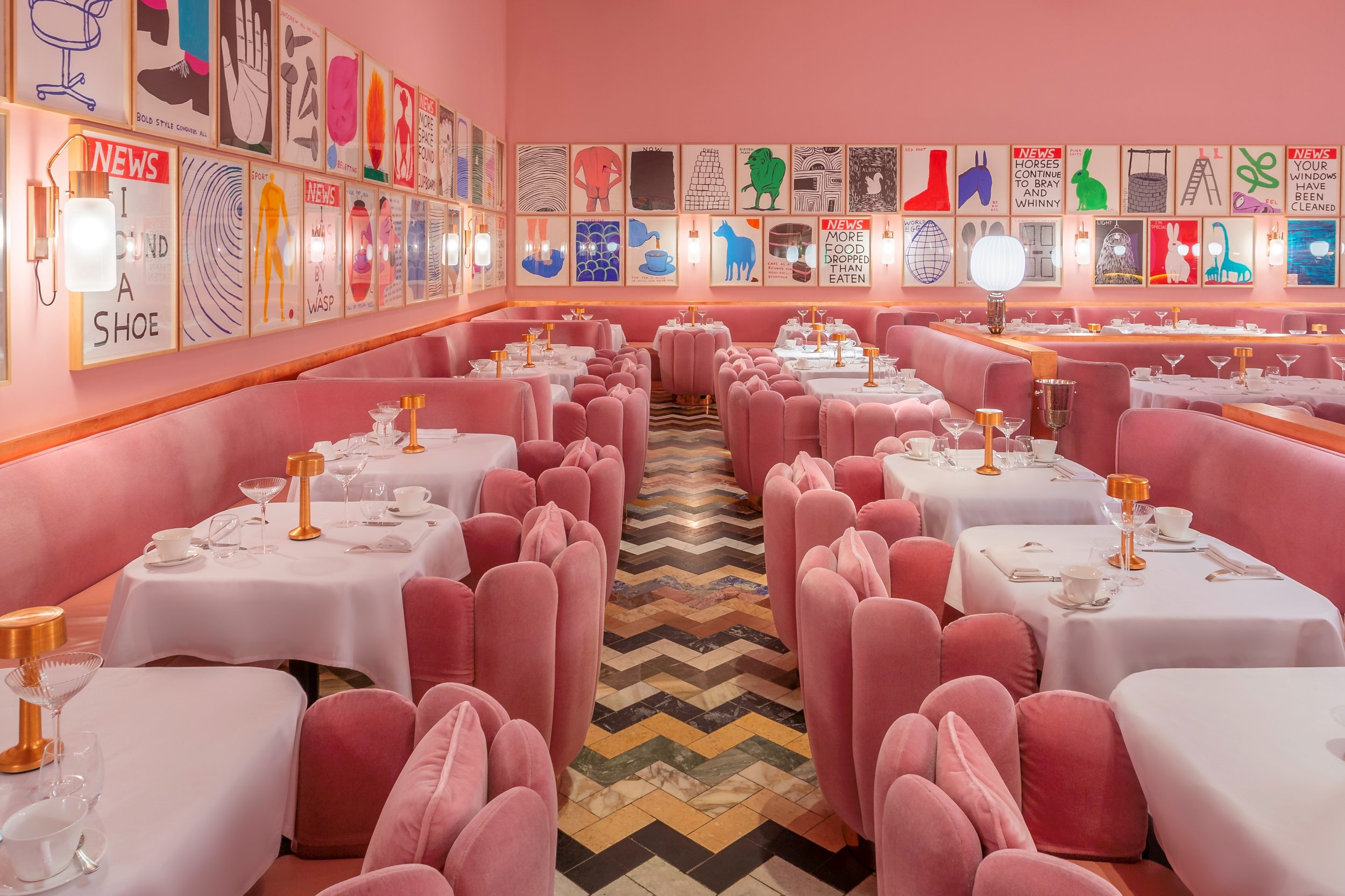Diamonds are for Dinosaurs
27 OCTOBER 2022
Avril Groom asks industry insiders whether it’s true that the young no longer buy diamonds.
Avril Groom
Avril Groom writes on jewellery, watches and fashion for Telegraph Time, Times Luxx, FT How to Spend It magazine, Centurion magazine and Country and Town House magazine, among others.
Cartier Juste un Clou diamond accent bracelet
Available at xupes.com for £8,499
Diamonds were the jewellery success story of the past eighty years, a feat that hangs from the thread of a single advertising slogan. When De Beers launched a new ring collection in 1947 under the banner “A Diamond is Forever”, only about ten percent of women in America were gifted a diamond engagement ring. But by the 1990s the figure was eighty per cent and at the turn of the millennium the advertising industry voted the phrase the slogan of the twentieth century. But new century, new attitudes and a younger generation, as ever, tends to reject whatever it was their parents got up to. With a multitude of colourful gem varieties, concerns about the ethics and sustainability of diamond mining, and a preference for design styles going back no further than mid-twentieth century, young consumers have been reviewing their options and for some time the traditional, brilliant-cut diamond lost its sparkle. That said, the young still seem drawn to diamonds with a luxury brand name attached.
In an era dominated by social media, where luxury conglomerates promote their products with celebrities as well as advertising, the lure of a name is seductive. This is especially true at resale where, as Guy Burton, the director of vintage and new jewellers Hancocks points out, “a canny customer can acquire a classic, recognisable piece like a diamond-set Van Cleef or Arpels Alhambra pendant or a Cartier love bracelet without paying VAT and sometimes below current retail prices, though rare versions make more”. Debra Willis, director of jewellery at resale site xupes.com, echoes Guy’s sentiment with her observation that “younger consumers go for diamond-trimmed versions of designer ranges like Cartier’s Juste un Clou or Tiffany’s T, while true vintage is more likely to be unbranded and attracts a more mature client.”
Benoît Repellin, worldwide head of jewellery at Phillips auctioneers, has a slightly different view. He notes that “the marketing done by brands such as De Beers or Tiffany makes clients automatically think of a round, brilliant-cut diamond.” And he sees young clients looking for almost the diametric opposite – “the growing appeal of old-cut stones [antique diamonds cut without the precision of modern cut diamonds], which speak equally to collectors and to the twenty or thirty-somethings, who are looking for a different, unusual gem that’s a piece of history – stones that have “lived”. Pre-loved stones are sustainable and the new owner is happy to give them a new life”. Carole Gordon, Bonhams’ Head of Knightsbridge Jewellery, agrees that “auctions allow for more sustainable purchases, which resonates with younger clients. Old cuts can be particularly popular in engagement rings. They work well for those who want something a little dazzling. sparkle less due to a lack of symmetry as light passes through them less easily.
Bonhams recently sold a single stone ring with a 2.27 ct. old brilliant cut, for £11,475. With such a design the stone is the thing, and if good quality will always sell. But fashions in design change and the ornate designs of the late nineteenth and early twentieth century have fallen out of favour. Mid-century and later, however, is starting to have a bit of a moment. Phillips recently sold a 1941 clip by René Boivin with old-cut diamonds, and the super-cool are now starting to move on to 1980s pieces, which have recently lost their vulgar connotations.
Entwined Rainbow Ring, 18c gold, diamonds, sapphires, tsavorites.
At Robinson Pelham £16,600
René Boivin. A Diamond, White Gold, and Platinum Double-Clip Brooch, 1941.
Sold at Phillips auctions for $40,320
Guy Burton’s Hancocks specialises in setting beautiful old stones in new designs. Burton says, “we respect the vintage character of a stone such as a top quality, mid-century, step-cut diamond but we create a modern, perhaps simpler, design around it. This appeals to a younger customer starting out buying jewellery, then by their mid-thirties they have confidence to move on to something edgier.”
Another flourishing area is remodelling, where a jeweller uses old stones, often inherited by a client, to make a modern bespoke design. Robinson Pelham are known for bright gem mixes alongside diamonds and have many regular clients, including the new Princess of Wales. Co-founder Zoe Benyon says younger customers have not abandoned diamonds, but demands have changed. There is, she says, “still a residual feeling that you need a diamond. We always present alternatives for a budget, everything from a small diamond to a large amethyst, but the diamond often wins. Older clients may make bolder choices.”
She has also noticed the resurgence of an old-fashioned idea, probably due to social media. “Early-thirties men want the ring completely designed and presented as a surprise - the big proposal has become such an Instagram opportunity,” she says. “It’s harder, especially if the stone comes from his family. We ask a lot of questions about his fiancée and ask for pictures, including her hands - we are pretty good at estimating within one size. We endeavour to get everything right but if she knows nothing about it there’s a risk”.
The main demand from young clients is individuality. “With an old-cut family stone you get that, plus a story and sentiment, and you’ve done the painful bit – the big expense”, she says. “Nowadays the setting is usually clean-lined, to wear every day and mostly in yellow gold (ours is recycled) which deformalises the stone”. She is also asked for unusual, often geometric cuts – kite-shapes or elongated hexagons are popular. As ever, there are so many nuances but it would seem that diamonds are still in, just with a few caveats and it goes without saying, that as soon as something truly goes out, it’s only a matter of time before the young dig it up again.
































